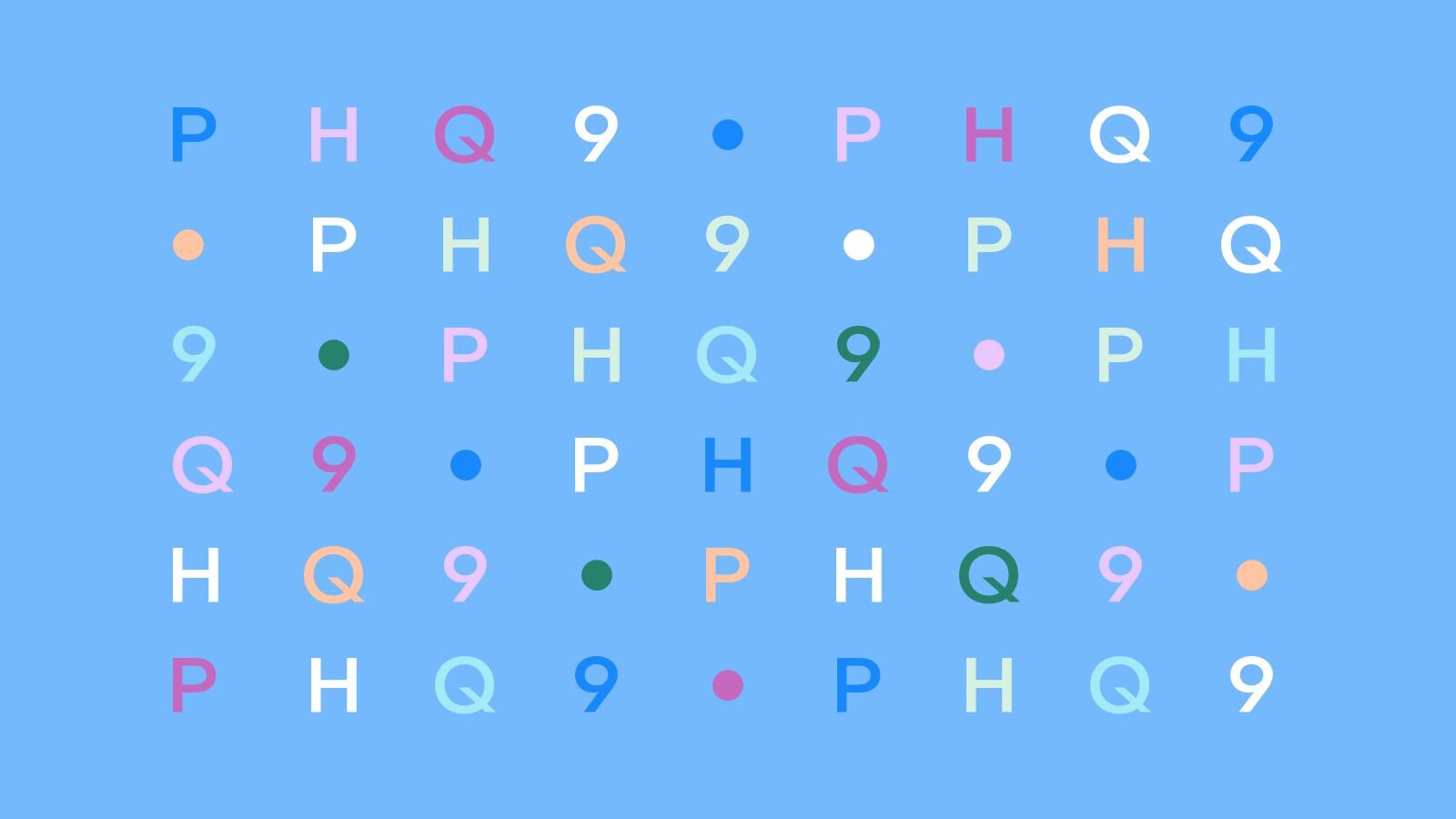
ICD-10 codes for anxiety
There are many ICD-10 codes associated with anxiety disorders. Generalized Anxiety Disorder is most common, but there may be a more precise code that documents your diagnosis more effectively.

The GAD-7 can help you narrow down a diagnosis if your client is experiencing anxiety symptoms, along with allowing you to track their progress over time.
If a client presents with symptoms such as persistent worrying or restlessness, you may wonder if they’re suffering from an anxiety disorder.
A self-administered questionnaire, the GAD-7 can help you narrow down a diagnosis if your client is experiencing anxiety symptoms, along with allowing you to track their progress over time (and update their treatment plan accordingly). Below, learn more about the GAD-7 assessment, and how you can use it to better help your clients with anxiety.
The GAD-7 is a seven-question screening tool that assesses for generalized anxiety disorder. Each of the seven questions on the assessment highlights one of the specific diagnostic criteria for GAD. Along with providing a tool for diagnosing GAD, it also assesses the severity of anxiety symptoms.
It’s a self-report questionnaire, which means a client fills out the questions based on their own experience, and then a medical provider scores it. The questionnaire provides a quick and reliable way for healthcare professionals to assess the presence and severity of anxiety symptoms, facilitating appropriate interventions and treatment planning.
Research has consistently shown the GAD-7 to be a valid and efficient reporting tool in primary care and therapeutic settings. Keep in mind that the GAD-7 is not a diagnostic tool on its own, and a comprehensive clinical evaluation is typically necessary for a formal diagnosis.
The GAD-7 questionnaire includes the following questions, and prompts clients to mark “not at all,” “several days,” “more than half the days,” or “nearly every day.”
Over the last two weeks, how often have you been bothered by the following problems?
Each of the seven questions on the GAD-7 has a four-point scoring scale, on which clients report and rate their symptoms on a scale of 0-3.
Nearly every day: 3 points
More than half the days: 2 points
Several days: 1 point
Not at all: 0 points
When each answer is assigned a point value, the total score for the GAD-7 assessment can range from 0–21, with higher scores generally indicating more severe anxiety symptoms. The scores of 5, 10, and 15 are taken as cut off points for mild, moderate, and severe anxiety.
Score 0-4: Minimal Anxiety
Score 5-9: Mild Anxiety
Score 10-14:: Moderate Anxiety
Score 15 or greater: Severe Anxiety
While the GAD-7 is especially helpful in screening for and diagnosing anxiety, it’s also a useful tool for monitoring a client’s progress. For example, if you diagnosed a client with GAD six months ago, you can re-issue the GAD-7 to determine the current severity of symptoms and adjust your treatment plan as needed.

There are many ICD-10 codes associated with anxiety disorders. Generalized Anxiety Disorder is most common, but there may be a more precise code that documents your diagnosis more effectively.

The Patient Health Questionnaire-9 helps screen for, diagnose, and track progress with depression.

Be strategic and ensure you and your potential client have the information you need to start therapy on the right foot.